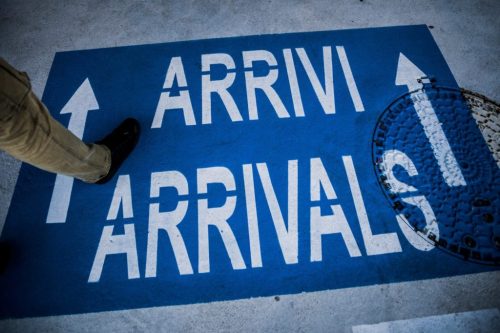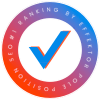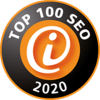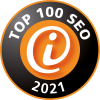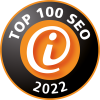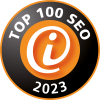You have great products, a strong brand, and a well-designed website that perfectly conveys your brand mission, your CI, and your USP. The website has many visitors, and the number is increasing. In the site’s guest book, you will find lots of great comments. The fan base is noticeably large. And yet no paying customers end up with you because the site does not “convert“?
A simple reason is that a website is good at everything. For example, presenting you, your company, and your brand impressively. If professional SEO is behind it, many users will also experience it. In the site’s blog, you completely win the minds and hearts of your users. Especially since you used a skillful mixture of texts, videos, images, and audio virtuously and appealed to all the senses.
What a website – including yours – cannot do: It is not a landing pad. A website is like an airplane cruising altitude with a great destination view. But getting there, disembarking, and getting to the destination requires a landing. Therefore, in addition to the classic website with many subpages, navigation, and animation, there is a specific type of online presence that has the act of landing in its name: the landing page.
A landing page has only one purpose: prompt users to take action. If you sell goods or services, the landing page is the starting point of your sales funnel. Visitors should be converted into customers.
Or better in technical jargon: Turn prospects into customers. Even a journey of 1,000 miles begins with the first step. The first step of a future customer on a landing page can be downloading a brochure, filling in a contact form, or similar. In any case, it is the transition from the passive consumer of an advertising message to the interested active agent. The landing page prompts you to do this. In marketing jargon, this is called a “call to action.” Landing pages prompt users to do something. They contain so-called response elements. This turns an advertising website into a communicative landing page. Because: In compliance with all data protection regulations, you can contact customers after they have landed with you. Communication is when both sides assume roles as sender and receiver. Or, to put it another way: the website is good for propaganda, the landing page for dialogue. Classic websites are only suitable to a limited extent for performance marketing campaigns because what is intended to be achieved does not take place on the website. On the landing page, conversely, clicks, registration, or even direct sales of products or services are the KPIs with which the success or performance of a page is measured. In a nutshell: websites are necessary, and the better they are structured and search engine optimized, the more attention and relevance you will get from users and potential customers. So that it doesn’t stop there, so that your website users don’t stop at the request in the classic AIDA model, a professional landing page is needed downstream and linked. With the right tools, it turns leads into customers.
Give your customers a chance to land with you: with a landing page made by professionals. How else should customers say yes if you don’t even ask them? Therefore, to complete your online presence: Dare to create more landing pages!
